Join Safe Harbor and Seabin Project to Celebrate New Seabins!
- Emeryville Marina Launch: Fri., Dec. 1, 2pm – 3310 Powell St. in Emeryville
- Ballena Isle Marina Launch: Sat., Dec. 2, 10am – 1150 Ballena Blvd. in Alameda
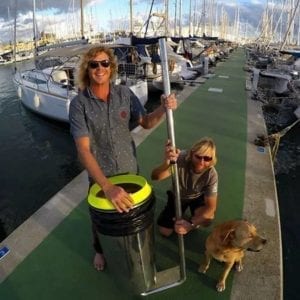
Seabin Project co-founders Pete Ceglinski & Andrew Turton
Here’s how it all started. Two life-long surfer friends from Australia, appalled by the plastic and debris pollution in our waters, set out to clean up the ocean. They wanted to create a garbage bin that would collect the floating plastic. This got them started cleaning up the marine environment, one marina at a time. How? With the V5 Seabin, a floating vacuum filter device they invented that works like an ocean vacuum 24/7 continuously collecting floating debris – plastic bottles, paper, oil, fuel, detergent and more. Over the last two years Seabin Project co-founders Pete Ceglinski and Andrew Turton secured partners for a pilot study into the effectiveness of the seabin.
Safe Harbor, the world’s largest marine management company, is one of six partners in the Seabin Project pilot study with their first location in Cabrillo Isle Marina in San Diego, CA. “We had a section of water in our Cabrillo Isle marina which had earned the nickname of ‘scum alley’,” commented Kate Pearson, Safe Harbor’s West Coast Regional VP. “It was the downwind corner of Harbor Island that had no natural flushing…we became
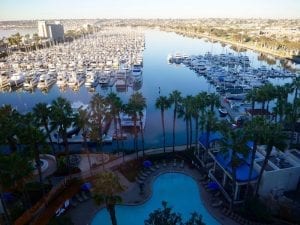
Cabrillo Isle, San Diego
a Global Pilot Partner and installed the first Seabin in the US. The Seabin blew our expectations out of the water! The small, compact and quiet machine hums away in ‘scum alley’ and we have pulled 1000 lbs. of trash this first year out of it. We also sort and document the trash, reporting our findings back to the Seabin team so we can look at source issues and educational programming for schools.” The pilot, part of Safe Harbor’s commitment to protecting the marine environment, proved successful and now Safe Harbor is bringing the Seabin Project to the San Francisco Bay Area’s Emeryville Marina and Alameda’s Ballena Isle Marina.
“We’re proud to introduce Seabin as an innovative, cutting-edge technology that respects and protects the marine environment,” says Kate. “It’s versatile, small in size, cost-effective and functionally-effective – everything our marinas and boaters have been asking for.” In an interview on CBS, San Diego, she said that the most common items they pull out of the seabin every day is cigarette butts, pens and straws.
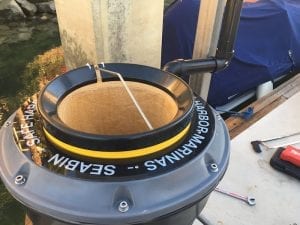 The Seabin Project has evolved into a comprehensive research, educational and technology initiative with worldwide reach, including educational tools for students to get on board. The Seabin Project team believes that each child that learns to dispose of litter properly will grow to be one less source person for pollution of our oceans and waterways. Currently, according to Jambeck Research, 8.1M tons of mismanaged waste enters our oceans every year.
The Seabin Project has evolved into a comprehensive research, educational and technology initiative with worldwide reach, including educational tools for students to get on board. The Seabin Project team believes that each child that learns to dispose of litter properly will grow to be one less source person for pollution of our oceans and waterways. Currently, according to Jambeck Research, 8.1M tons of mismanaged waste enters our oceans every year.
Some cool facts:
- Each device collects about 60 pounds of debris per day – that’s about 1,000 pounds of pollution/yr.
- It’s a cost-effective and 24/7 alternative to the “trash boats” traditionally used to clean up marinas.
- Currently attached to the dock, the Seabin Project team is developing new technologies to get it off the dock and into the water.
Here’s how it works: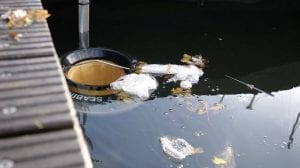
- The seabin is installed in a specific problem debris area, attached to a dock.
- Water is filtered from the surface and passed through a catch bag inside the Seabin, powered by a submersible water pump.
- Water is then pumped back into the water leaving the litter and debris trapped in the catch bag. Larger pieces of plastic may attach themselves to the bin.
- Marina operators need to empty the catch bag at least twice a day, as it holds up to two pounds.
The public is welcome at the two fun launch events.
- Emeryville Marina Launch: Fri., Dec. 1, 2pm – 3310 Powell St. in Emeryville
- Ballena Isle Marina Launch: Sat., Dec. 2, 10am – 1150 Ballena Blvd. in Alameda
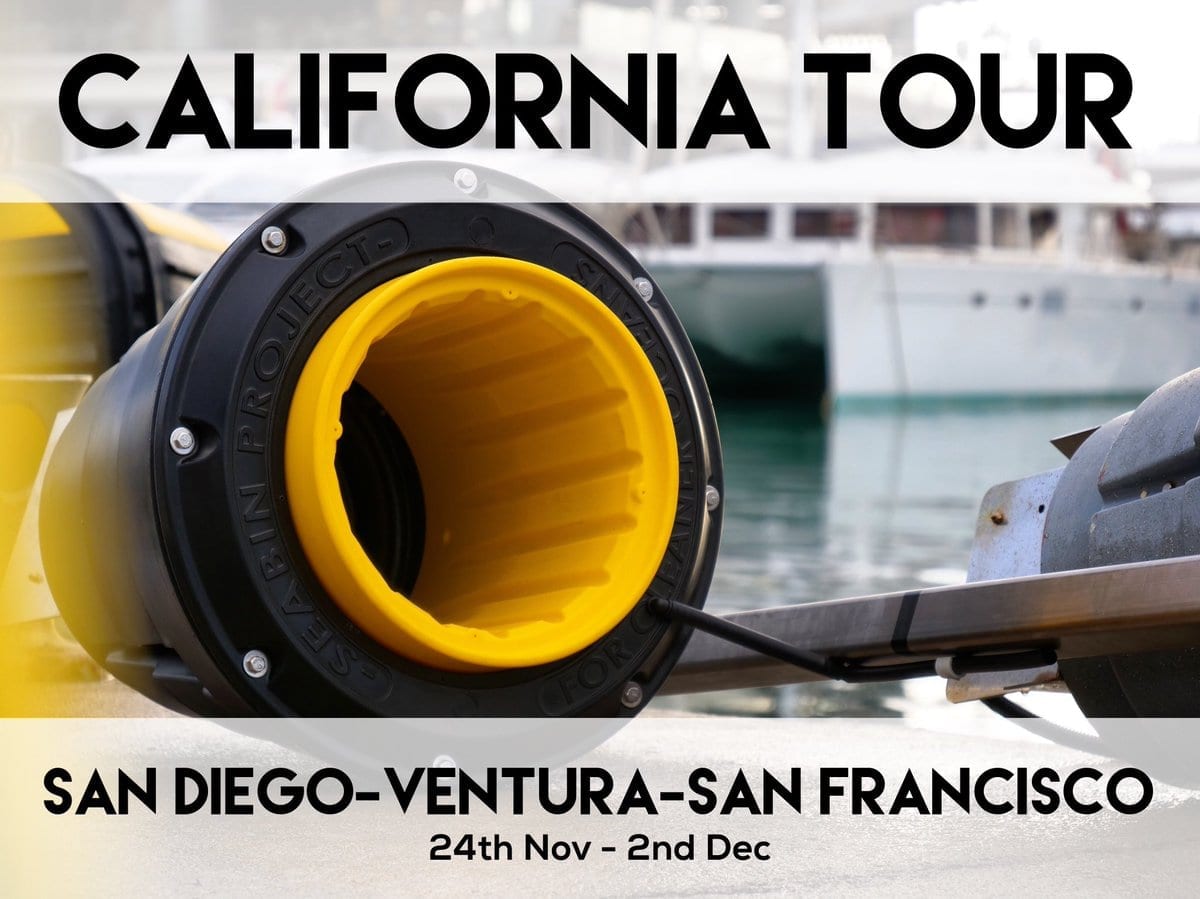


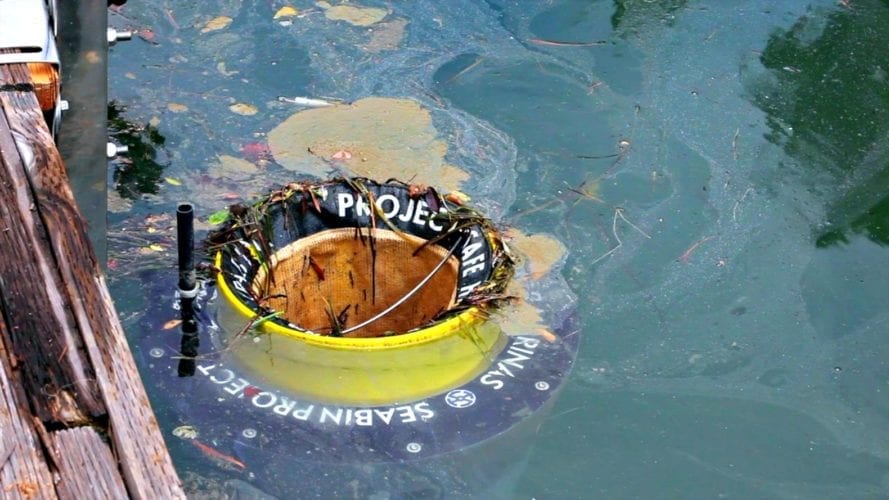





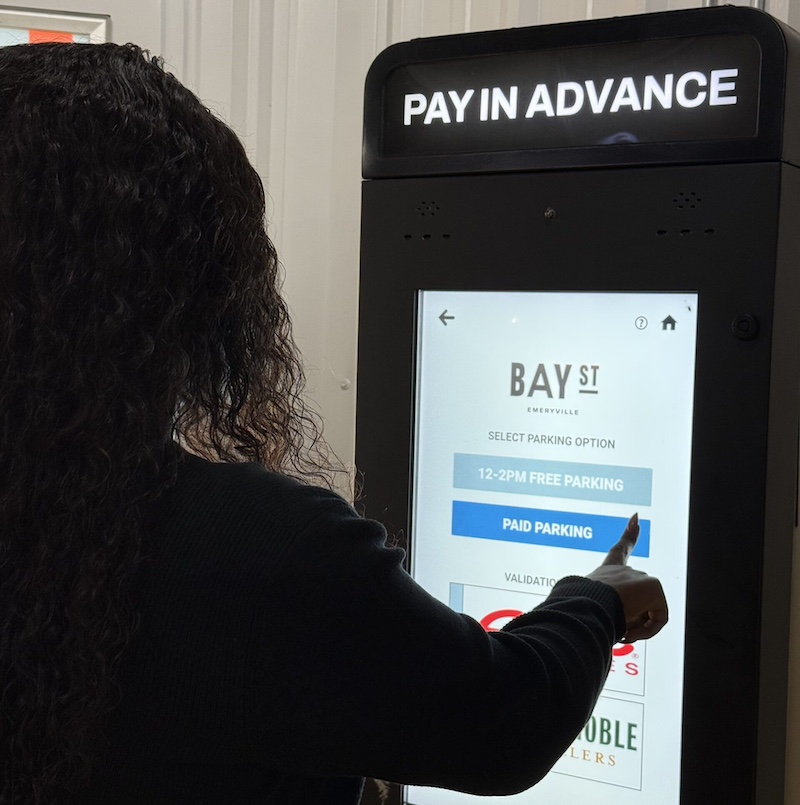


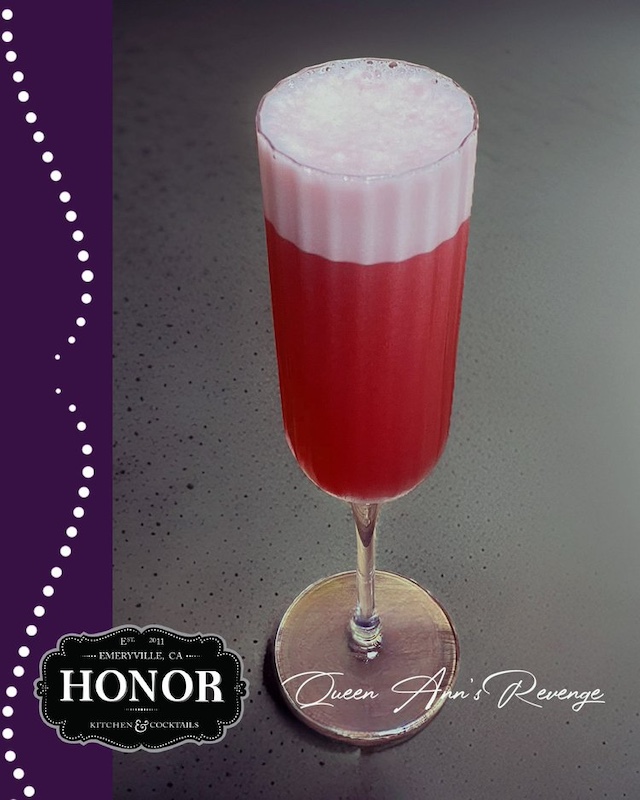



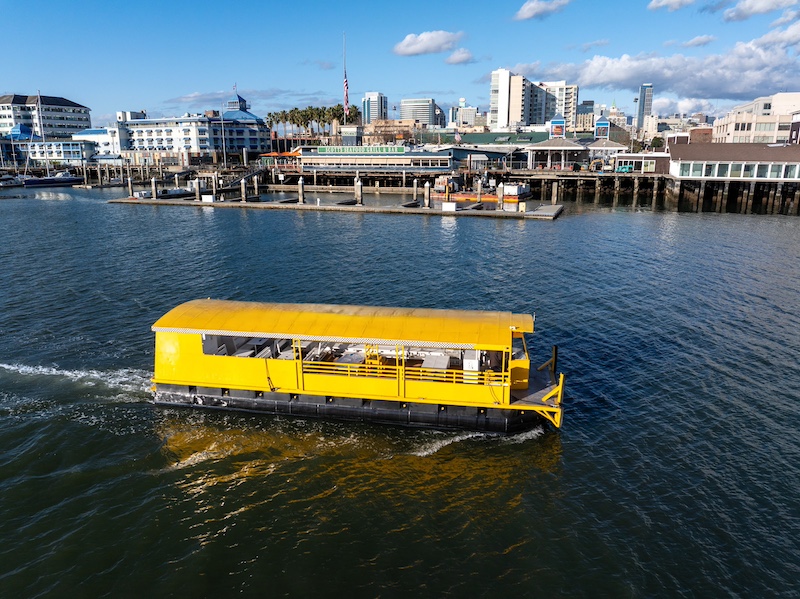





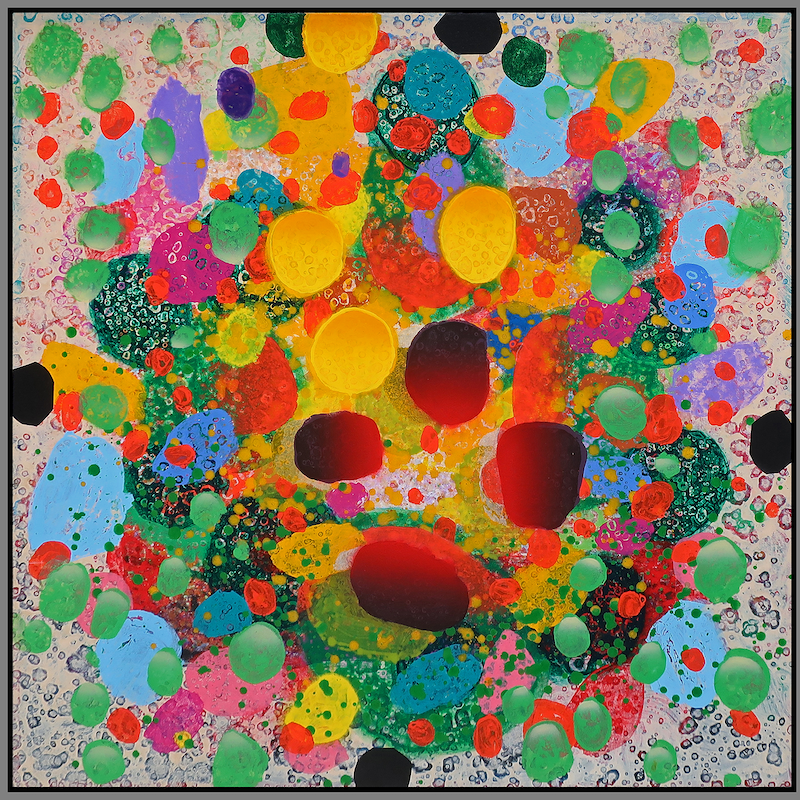


Leave A Comment